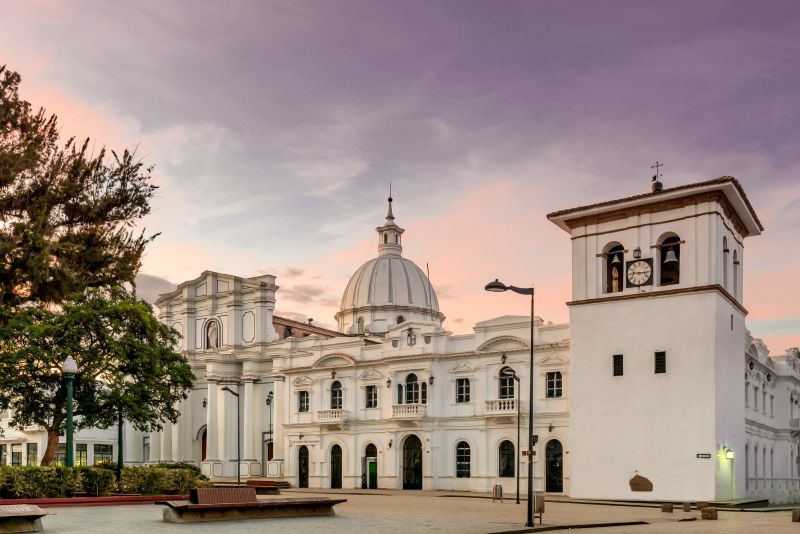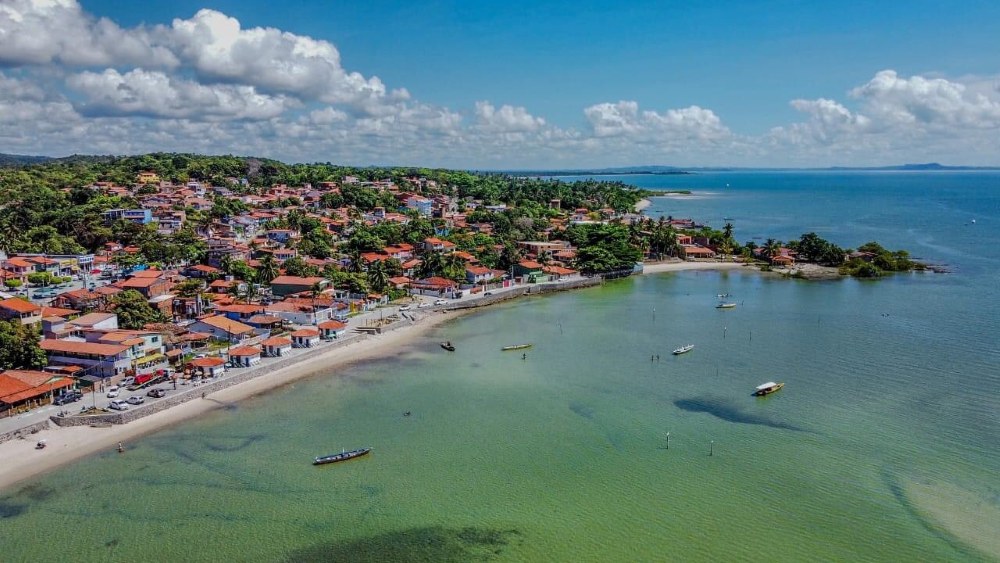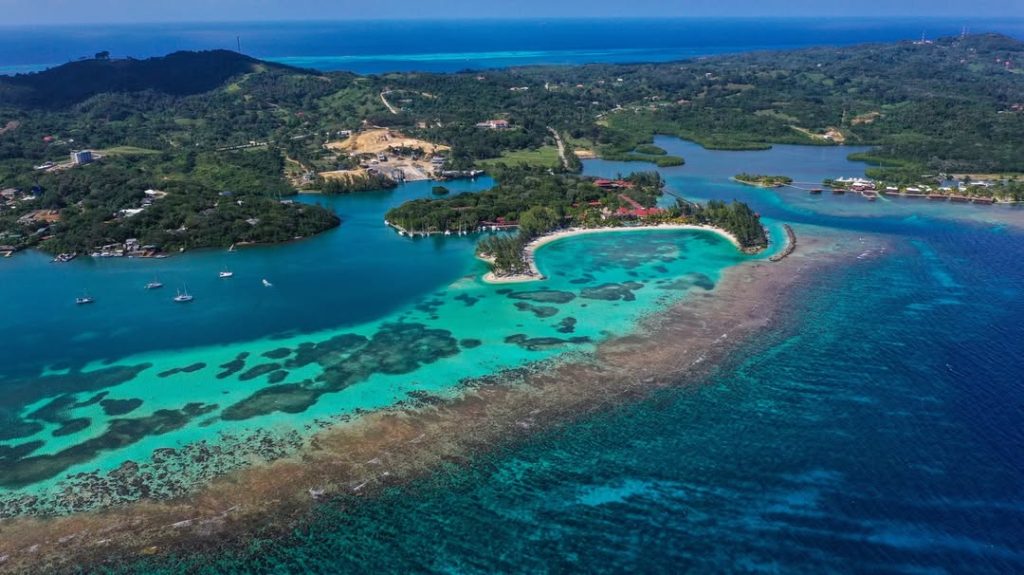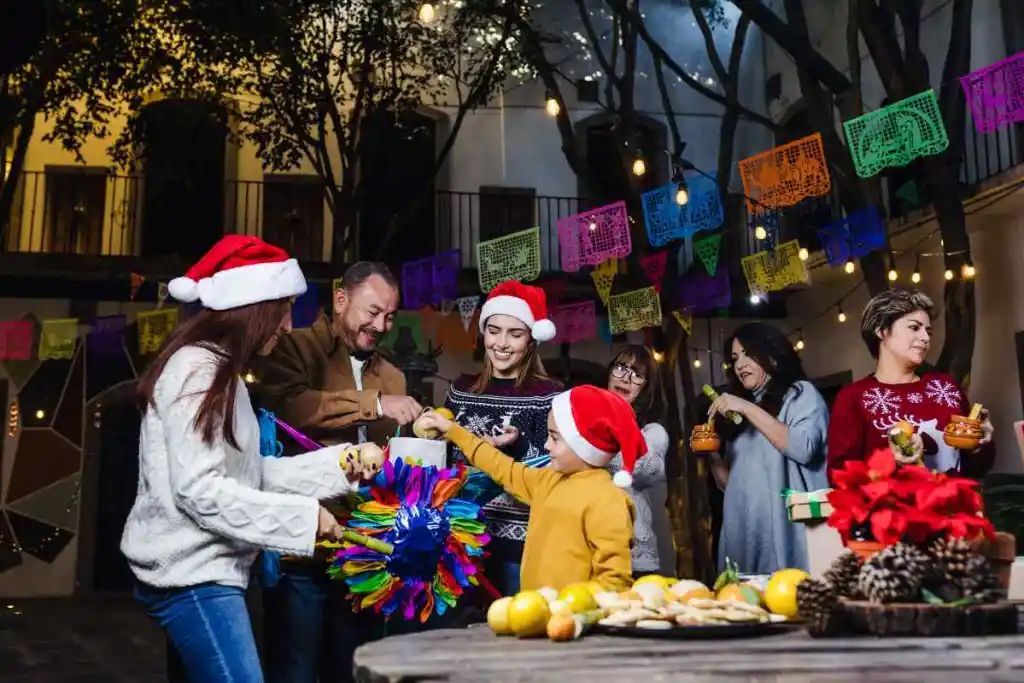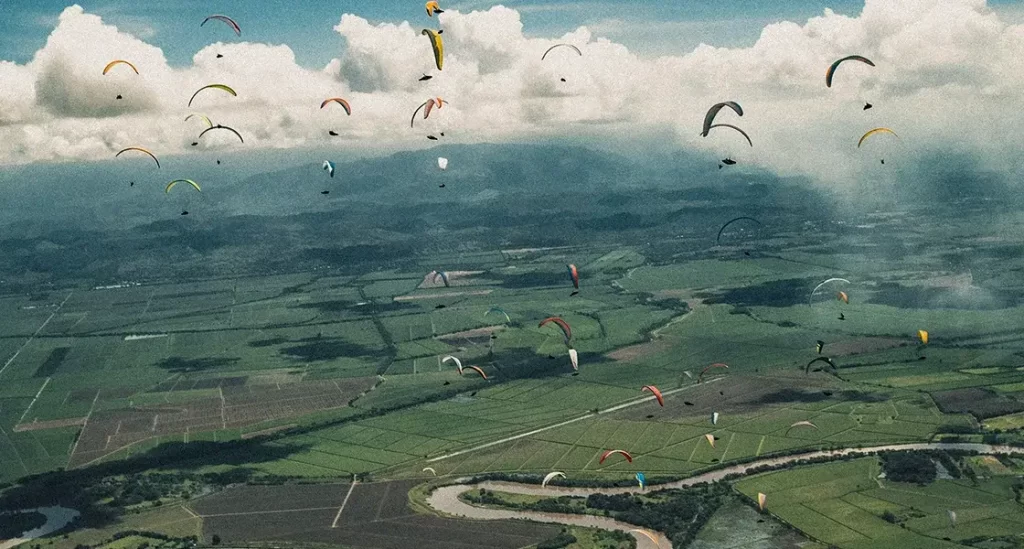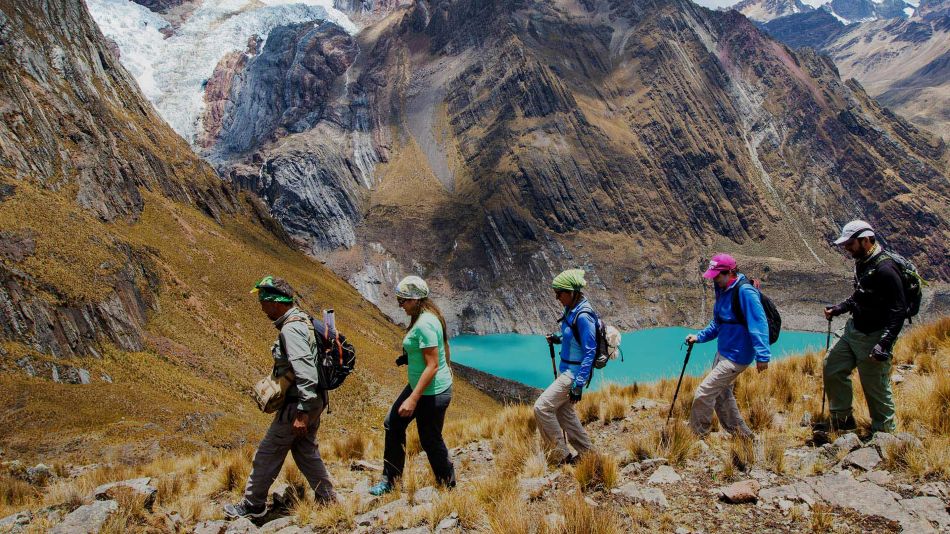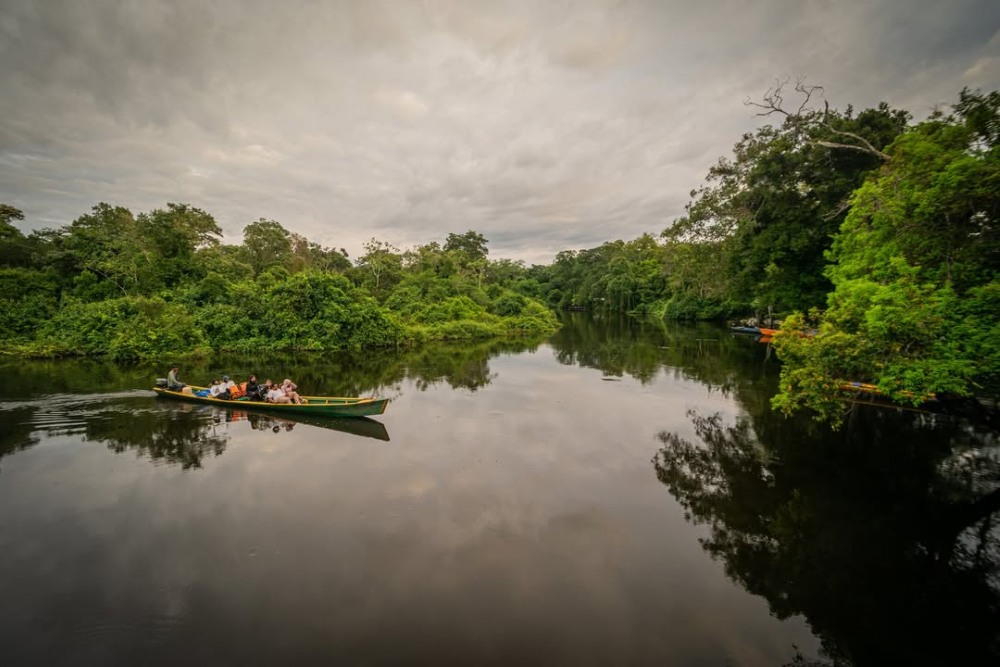At the heart of the Cauca region in south-west Colombia, Popayán is the perfect embodiment of the colonial elegance and spiritual richness of a country shaped by centuries. Nicknamed ‘The White City’, its peaceful atmosphere is just as appealing as the depth of its cultural heritage. Its immaculate facades, the chime of its bell towers and the cobblestones of its historic centre tell the story of one of the most important cities of the Viceroyalty of New Granada.
A city of history and influence
Founded in 1537 by the explorer Sebastián de Belalcázar, Popayán was originally called ‘La Villa’. Thanks to its strategic geographical location – at the crossroads between Lima, Quito and the Caribbean ports – it quickly became a centre of trade and a focus of political and religious influence. Twice capital of Colombia in the 18th century, it played a leading role on the national stage for a long time, helping to forge the Colombian identity. Even today, its intellectual importance endures, embodied by its university, one of the oldest and most prestigious in the country, from which many heads of state have graduated.
A walk through time
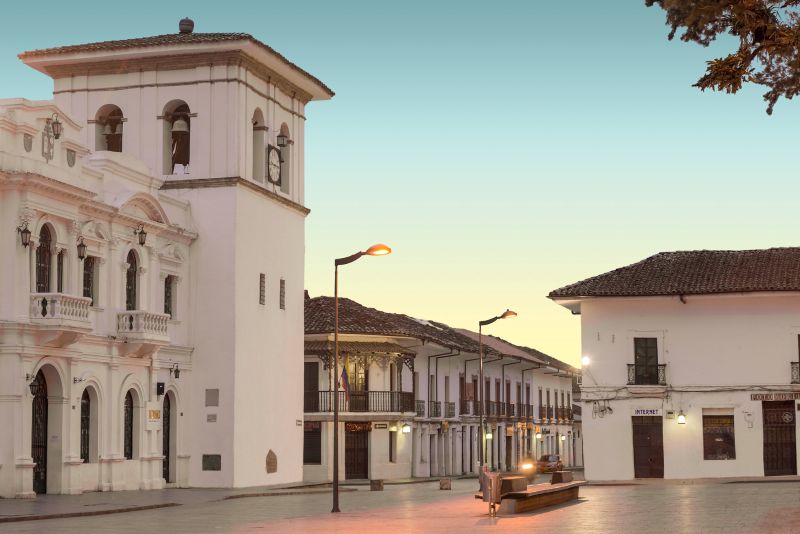
To explore Popayán is to step back in time as you stroll through one of the best-preserved historic centres in Latin America. The stroll begins in Parque Caldas, the vibrant heart of the city, where the statue of the scientist and independence hero Francisco José de Caldas takes pride of place. Around the square, the jewels of colonial architecture are revealed: the majestic Catedral Basílica de Nuestra Señora de la Asunción, the San Francisco cloister and the Torre del Reloj (Clock Tower), nicknamed the ‘nose of Popayán’, which has been marking time for almost three centuries.
A few steps further on, you can taste the history: the famous aplanchados pastries, crisp and delicately sweet, are the pride of the city. Recognised as part of Colombia’s intangible gastronomic heritage, they are a genuine local tradition.
Celebrations and sacred music
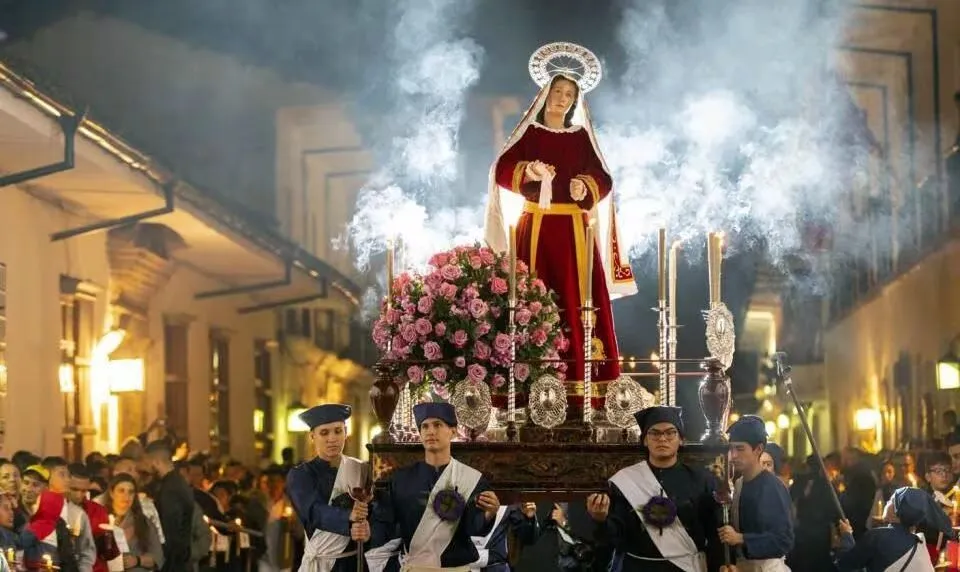
Proud of its Catholic fervour, Popayán is world-famous for its Holy Week celebrations, the third largest in the world after those in the Vatican and Seville. Every evening, from Palm Sunday to Holy Saturday, imposing processions criss-cross the streets of the city centre, guided by the light of candles and the rhythms of religious songs. Thousands of worshippers and visitors flock to see these impressive processions.
At the same time, the Popayán Festival of Religious Music transforms the town’s churches into sublime acoustic stages, where sacred works from the classical, baroque and contemporary repertoires resonate.
Mountains, volcanoes and traditions

On the outskirts of the city, nature is powerful and majestic. Puracé national park, less than two hours’ drive away, offers breathtaking scenery for experienced hikers. The eponymous volcano, perched at 4,646 metres, overlooks misty valleys where orchids and Andean condors, the country’s emblem, flourish.
An hour’s drive away, Silvia offers an immersion in the indigenous Misak culture. Every Tuesday, a traditional market unveils colourful hand-woven textiles, the flavours of ancestral cuisine, and the charm of a way of life that has remained true to its roots.
Finally, for travellers ready to venture a little further afield, the archaeological site of San Agustín is a must. Its monumental and enigmatic statues, vestiges of a pre-Columbian civilisation that has disappeared, offer a mystical and fascinating counterpoint to the baroque elegance of the ‘White City’.
Our article: San Agustín, Discovering a pre-Columbian mystery
Popayán is a concentration of history, spirituality, gastronomy and culture that can be discovered slowly, in the soft light, the silence between two bells, or a conversation with a craftsman on a doorstep. A unique destination, deeply Colombian and resolutely timeless.
Photos: Metropolitan Touring Colombia | Servicio Geolgico Colombiano | ProcesionesPopayan.com

